
Kefir has a very lively history of origin and the atmosphere of a wonderful product. It is not surprising that other qualities are mixed with true healing properties in the collective consciousness: for example, rapid and painless weight loss without negative consequences. We understand what kefir is really good at and study kefir diets from all sides in search of the good and the bad.
History of kefir
Just imagine: in the glass of kefir you drink today, there is a trace of the drink that was drunk hundreds of years ago.
Kefir was made from cow's milk, which got "mushrooms" from streptococci and sticks, acetic acid bacteria and yeast. Most likely, according to researchers, this mushroom originated in koumiss, a drink made from horse milk and entered cow's milk when the Caucasian tribes changed their nomadic lifestyle to sedentary and began farming. . Scientists have not yet succeeded in artificially removing kefir fungi, new parts of the original culture are obtained through the reproduction of existing fungi.
Kefir is now drunk everywhere, from Kazakhstan to Australia, but specific bacteria at the base of a modern product can be traced to a specific location, in the Elbrus region. People living on the northern slope of the Caucasian ridge considered kefir as a gift from Allah Himself, so the drink was surrounded by special rituals and superstitions.
For example, the sale of kefir mushrooms was banned, it was believed that this would take away their healing power. But they can be stolen - with the tacit permission of the owner.
Another ritual: the highlanders poured milk with kefir mushrooms on a summer skin and placed it in the sun, near the path to the house. Passers-by could show respect to the owner by kicking the wine skin - the shaking made the fermentation process more intense.
The first official message about the benefits of kefir was made by the physician Tiflis Yogin in 1867. But the production of the drink at that time was still a carefully guarded secret of the highlanders. The situation changed thanks to an employee of a large well-known dairy company. On duty, she visited the fortune of a wealthy Karachai and received - for the first time in history - 10 pounds of kefir mushroom "grains" either as a gift or as legal compensation for unsuccessful friendships. So kefir, finally, began to be produced industrially.
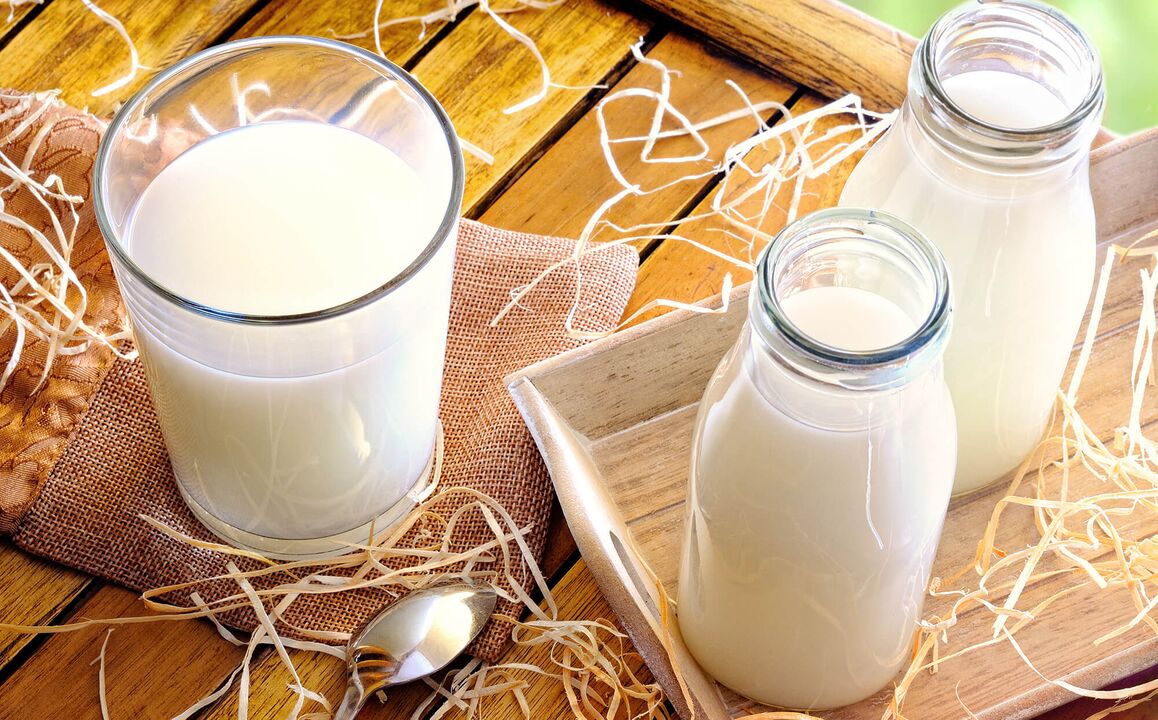
Benefits of kefir
Already in the late 19th century, doctors launched a truly large-scale campaign to promote the benefits of kefir, the echo of which still touches us. The legendary scientist, Nobel laureate, has studied the benefits of fermented milk products and living microorganisms of probiotics throughout his life.
Further research confirmed his assumptions. Kefir has a beneficial effect on the intestinal microflora and metabolism in general, preventing the development of pathogenic flora. It also has a mild immunostimulatory, calming and diuretic effect, ie it frees the body from excess fluids.
Kefir exceeds yogurt in the content of vitamins A, D, K, E, contains useful organic and amino acids, enzymes and important trace elements - iron, iodine, calcium, potassium, sodium, magnesium, phosphorus, zinc - in the amount of one person. needs.
The older the kefir, the more sour its taste is and the more ethyl alcohol it contains. In any case, there is not much of it: by the end of life, a maximum of 1 degree of strength, it is safe to ride behind the wheel even after a whole bottle of kefir. But children should be fed with fresh one-day kefir.
For people with lactose intolerance, kefir helps to absorb this carbohydrate normally. Kefir contains few calories and a lot of moisture, so it helps maintain water balance and at the same time brings a feeling of satiety. It is not surprising that the product has become the basis of an entire galactic diet.

The essence of the kefir diet
Kefir is nutritious and light, improves the work of the digestive tract and helps to lose weight quickly, dramatically reducing the amount of calories consumed and removing excess fluid. Many consider the kefir diet as a mono-diet, ie a diet made from a product, but this is the most radical option: it is allowed to eat only kefir without harming health for a maximum of 24 hours. Much more often, kefir is combined for 3, 7 or 9 days with other low-calorie foods. Particularly popular are the kefir-buckwheat diet, the kefir-banana diet, the kefir-cottage cheese diet and the cucumber-kefir diet.
Kefir, by the way, was praised by the popular kefir diet of a popular singer: the story is silent if a really famous singer used it, at some point in her career she really lost a lot of weight. The star's diet menu includes, of course, kefir, as well as low-fat cottage cheese, chicken breast, fruits and potatoes.
The kefir diet for weight loss is certainly appropriate. But it severely restricts the supply of nutrients, relies on hunger and puts the body in a state of severe stress. Are the results worth it? Here's how they write about the kefir diet online:
- "Minus 12 kg in 3 weeks. I lost weight, but I will never do it again !!! I thought I was going to starve. "
- "The kefir diet is effective if you follow it properly. But without physical exertion, the effect will not be. You should at least do some exercise. Try to drink only kefir for 1 day. If you do not feel well, it is better tostop. . . "
- "A week without food. In general. A kefir and water. The consequences have come. Probably the hardest of all the diets I have tried. "
General rules for the kefir diet
- Kefir is the main product of the diet. You should drink about 1. 5 liters a day. The rest is low-calorie low-fat carbohydrates and proteins: meat, fish, vegetables, fruits and cottage cheese.
- You should eat in small portions, at least five times a day.
- Between main meals, you can drink kefir as a snack.
- Despite the fact that kefir well quenches thirst, you should also drink at least 1. 5 liters of water a day.
- All foods with flour, fat, heavy, fried and spicy are excluded. Sugar and salt are limited to a minimum (or it would be better if they are completely excluded).
- Leaving the kefir diet should be done carefully and smoothly: going to a party or eating pizza is not the best idea if you want to save results.

How to choose the right kefir
Choose fresh kefir - no more than 2-3 days from the date of manufacture - low fat content. A completely fat-free diet is not the best choice because the body needs fat.
The composition should contain exactly the "sour kefir dough" from mushrooms, yeast and fermented milk crops. Do not buy kefir or fermented milk drinks.
Protein in the right kefir is not less than 3% - it is necessary so that weight loss does not lose a lot of muscle mass.
Please note: we do not need additives, dyes, sugars, palm oil and milk powder in the composition. The ideal is farm kefir.
The shelf life of natural kefir is 7-10 days from the date of production. If the label indicates a longer shelf life, there are probably preservatives in the composition. Do not buy kefir that has already deteriorated: it splits into whey and flakes, turns yellow and has a bitter taste and sour aroma. Unscrupulous manufacturers may try to mask the damage with a bottle or dark packaging.
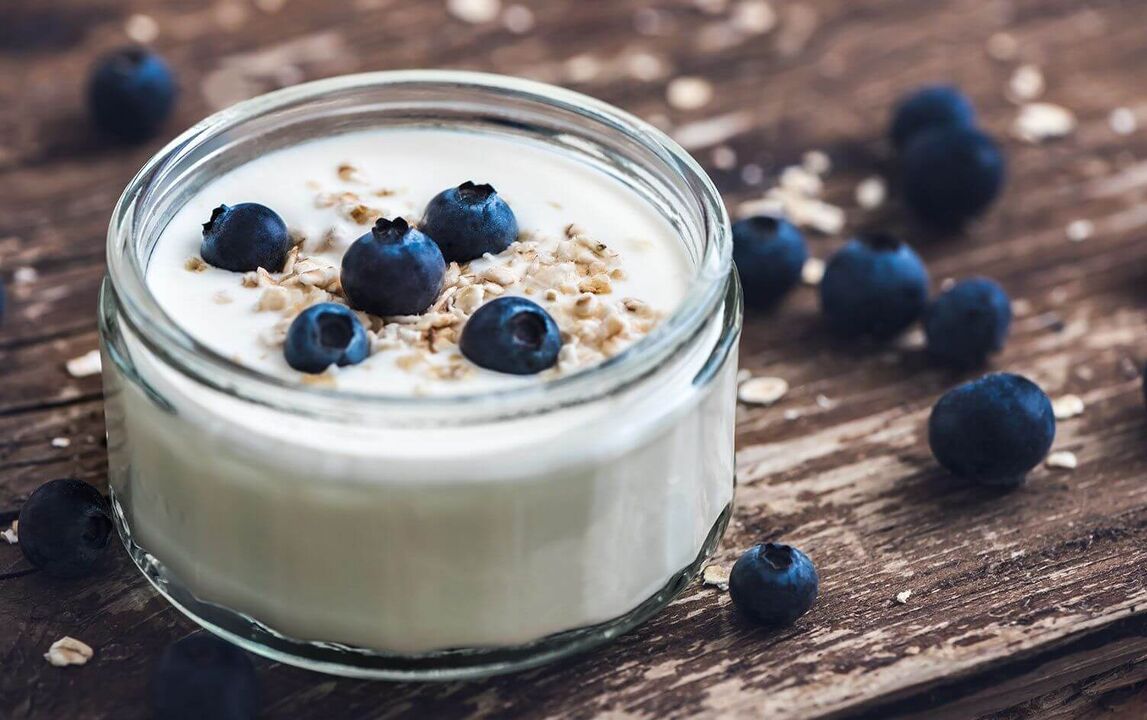
How can you replace kefir in your diet?
If for some reason kefir is not available to you or the taste does not suit you at all, you can try alternatives:
- Yogurt without additives.Choose a product carefully, for taste and thickness, often add starch and sugar.
- Other low fat fermented milk products- for example, fermented baked milk, tan or ayran.
- Fermented milk.It’s easy to make at home: just leave the milk in an enamel bowl at room temperature for a day.
Table of approved products
| Can | it's banned |
|---|---|
|
|
Kefir diet for 3 days
If we reject the mono-diet with kefir, the most difficult option for the body, the kefir diet for 3 days will be stronger in terms of effect on the body. If time is short, it will help you attack the weight quickly and shake it.
The general principle is one: about 1, 5 liters of kefir per day for 5-6 doses. In addition, other low calorie foods are acceptable. The most popular options are buckwheat, cottage cheese, apples, vegetables. You can alternate kefir with only one product - apples, for example. But it is better that your food, even in the diet, be as varied and interesting as possible.
For example, the kefir diet menu could be as follows:
Day 1
- Breakfast:oatmeal, tea with honey.
- Dinner:stew, vegetable soup.
- Dinner:green salad.
- Snacks:kefir.
Day 2
- Breakfast:boiled egg, rose juice.
- Dinner:salad, vegetable soup.
- Dinner:vegetable salad, tea.
- Snacks:kefir.
Day 3
- Breakfast:casserole with cottage cheese, tea.
- Dinner:boiled fish, salad.
- Dinner:buckwheat porridge, chamomile tea.
- Snacks:kefir.
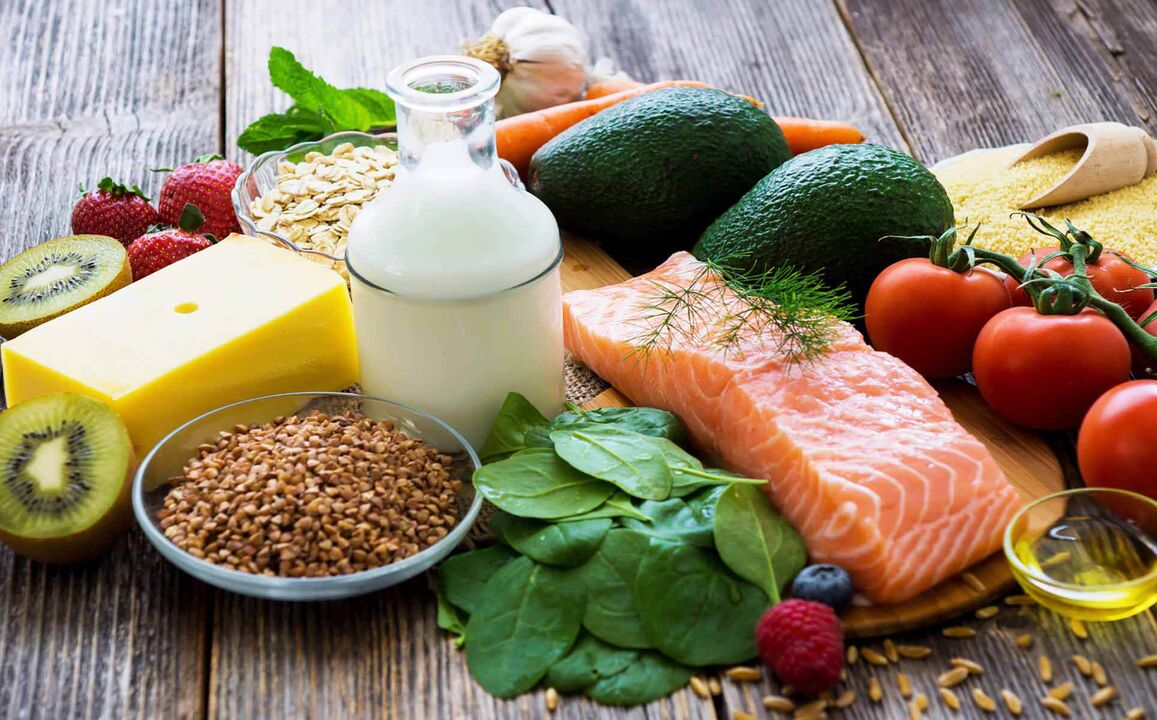
Kefir diet for 7 days
Kefir diet for a week allows you to achieve impressive results: minus 7-10 kg. Since it is longer in time, it is important to eat as much as possible.
In one of the diet options, every day is supposed to combine kefir with only one low-calorie product, for example, apples, but you can simply extend the three-day diet scheme for a week, eating according to the scheme "porridge forbreakfast, protein and vegetables for lunch and dinner, kefir in the middle ".
Menu example:
- Day 1:Divide into 5 portions about 200-250 g of lean boiled meat and 1. 5 liters of kefir.
- Day 2:5 large apples and 1, 5 liters of kefir per day.
- Day 3:300 g of cottage cheese 3-5% fat and 1, 5 liters of kefir.
- Day 4:250 g of steamed white fish and 1, 5 l of kefir.
- Day 5:500 g salad with cucumber and tomato and 1, 5 l of kefir.
- Day 6:250 g chicken fillets and 1. 5 l of kefir.
- Day 7:2 liters of kefir and prunes to taste.
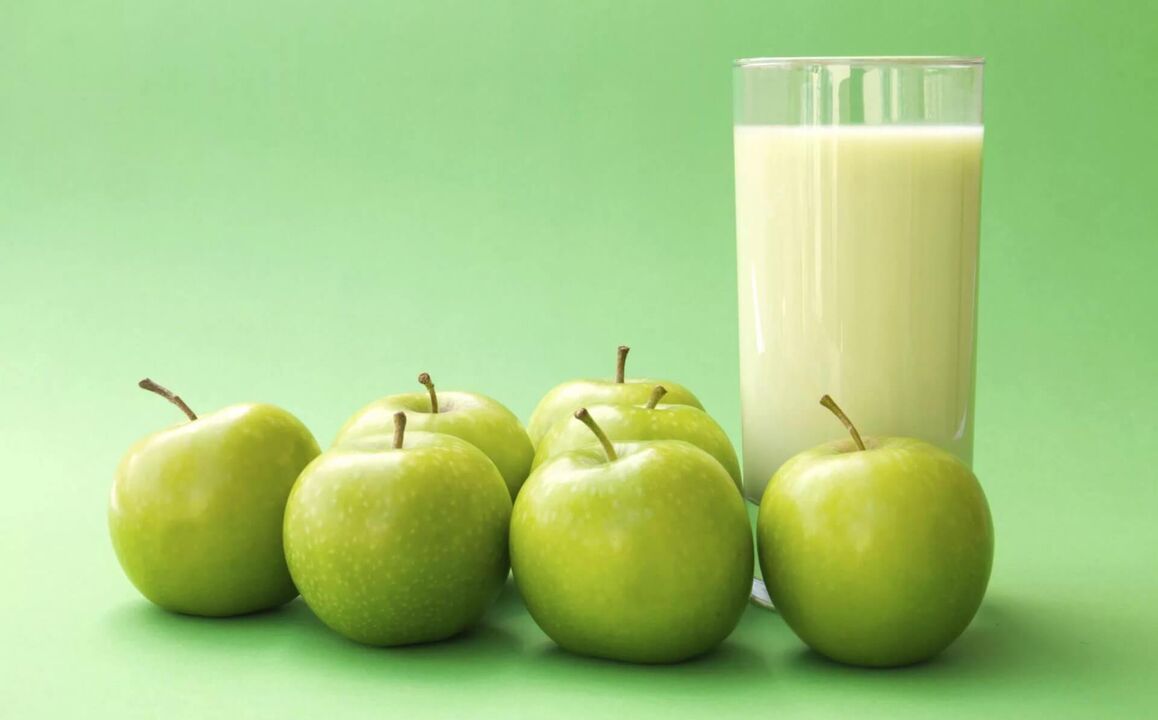
Kefir diet for 9 days
Option for the most persistent. Eating only meat or cottage cheese every day is boring, but in order not to cook something new every day, take the menu for 3 days as a basis and alternate it. For example, like this:
Days 1, 4, 7
- Breakfast:oatmeal, eggs, tea with honey.
- Dinner:stew, green salad.
- Dinner:vegetables, dried fruits.
- Snacks:kefir, apples.
Days 2, 5, 8
- Breakfast: toast and rose juice.
- Dinner:boiled fish with vegetables.
- Dinner:an apple, a slice of low-fat cheese.
- Snacks:kefir, cottage cheese.
Days 3, 6, 9
- Breakfast:steam omelette, green tea.
- Dinner:chicken broth, salad, a slice of black bread.
- Dinner:steamed fish, buckwheat porridge.
- Snacks:kefir.
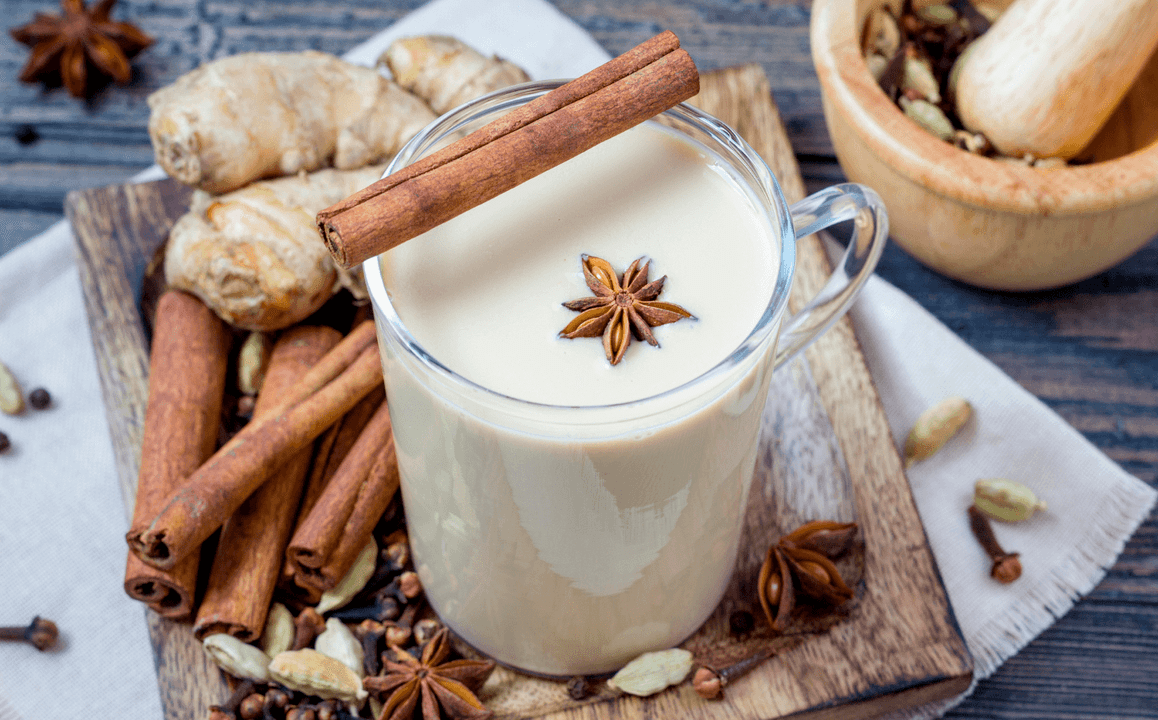
Recipe: Kefir with cinnamon and ginger
After all, as a rule, those who are losing weight with kefir do not have enough sweets. A simple recipe will help: add cinnamon and ginger to kefir. Ginger has fat-burning and fat-burning properties, while the aroma and taste of cinnamon are pleasantly sweet. The ready-made mixture can be drunk in the morning, for liveliness, at night, to start the debugging processes of the digestive tract, or you can take it with you on the road.
Ingredients:
- kefir 500 ml
- ground ginger 1 tbsp
- ground cinnamon 1 tbsp
- Other spices: cloves, pepper.
Mix the kefir with the spices using a whip or blender and pour into small bottles. The drink should be drunk on the same day. Be careful with peppers and other brightly colored spices if you have a sensitive stomach or damage to the intestinal mucosa.
How to properly complete a kefir diet
Nutritionists warn: kefir diet is suitable for absolutely healthy people without problems with the gastrointestinal tract and the slightest signs of eating disorders.
They may even experience unpleasant symptoms like stomach aches and will almost inevitably regain the weight they have already lost, as is the case with any high blood pressure diet that is effective in the short term.
So that the weight does not return immediately, get out of the diet without problems. Continue to eat partially and limit your total calorie intake to 1000-1500 kcal for at least a week. Continue to drink at least 1. 5 liters of water a day and avoid starchy foods, heavy foods and fatty foods for at least 2 weeks. It is better to make light soups, vegetable salads, cereals and boiled meats the basis of the diet. Introduce other products gradually, one product every 2-3 days.
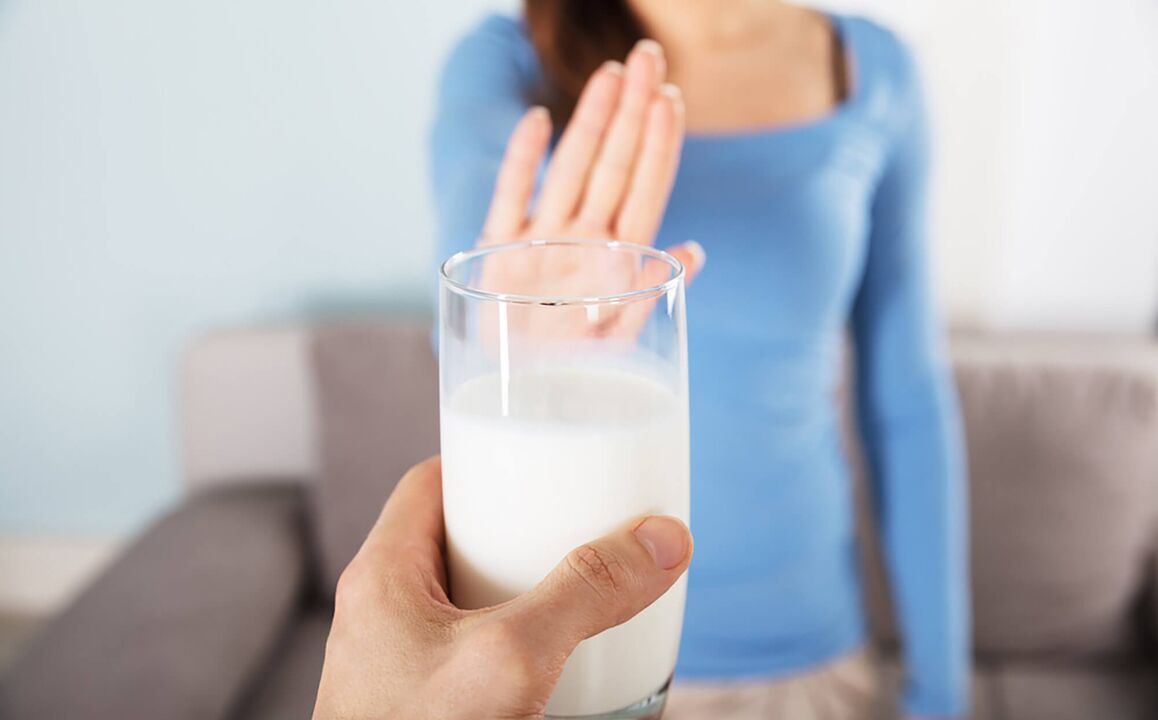
Why the kefir diet is bad
Any diet that severely limits dietary diversity simply may not be beneficial in the long run. The kefir diet for every day is definitely not appropriate. There are three categories of people who can do more harm than good.
- People with disorders and diseases of the gastrointestinal tract, kidneys, lactose intolerance. Kefir can cause diarrhea and dehydration, stomach pain and bloating. Ethyl alcohol in the composition is also harmful to the intestinal mucosa.
- Children, pregnant and lactating women. A variety of foods is vital to them. To deprive the body of fats and carbohydrates, even for a few days, means to inhibit development and growth.
- People with eating disorders. Let’s be honest, few people are enthusiastic about the taste of kefir without additives. You will have to force yourself to literally drink it. If this continues for more than a few days, the likelihood of a breakdown increases exponentially.
The benefits of the kefir diet
Simplicity, efficiency, lots of fluids. Possible gastrointestinal benefits and microflora. A large amount of calcium has a beneficial effect on the condition of bones, nails and teeth.
Disadvantages of kefir diet
Stress for the body from nutritional deficiencies, lack of vitamins and taste. Perhaps indigestion, bloating, constipation or diarrhea, stomach discomfort. Increased acidity of the product can worsen the condition of people with gout, rheumatism and high acidity of gastric juice.































